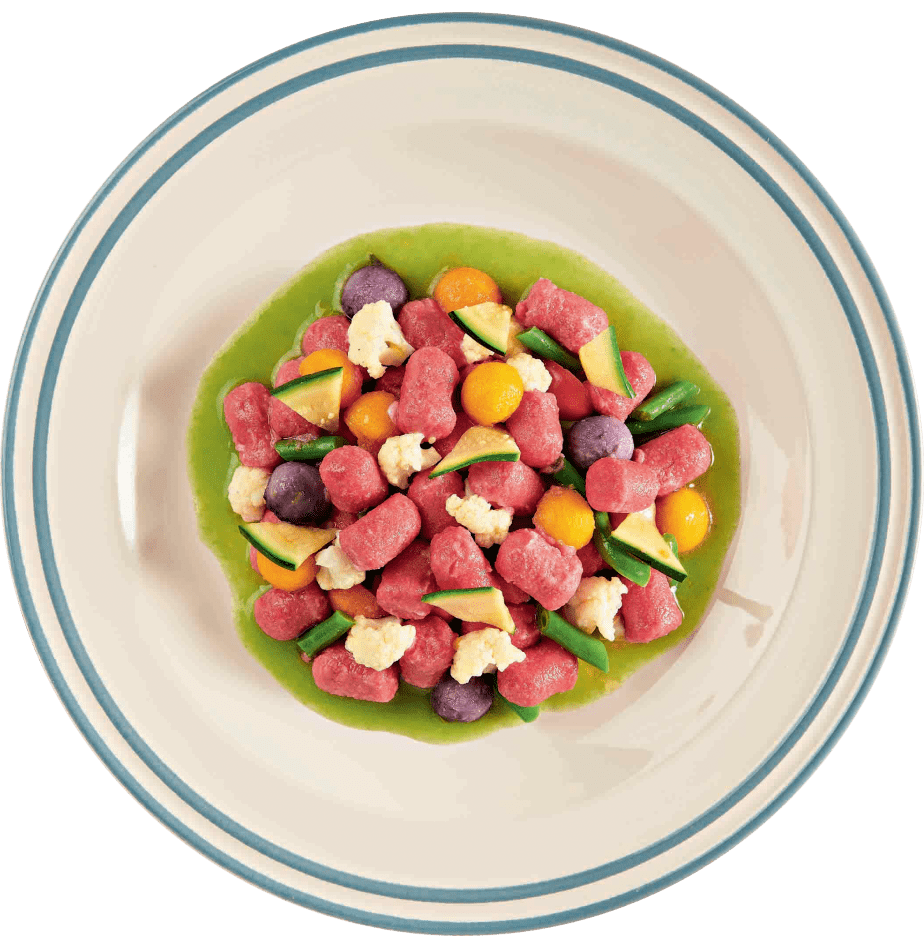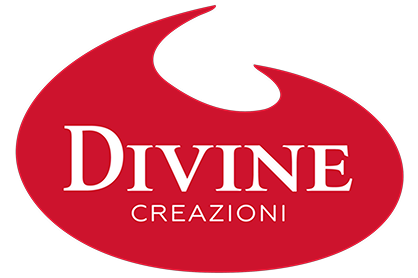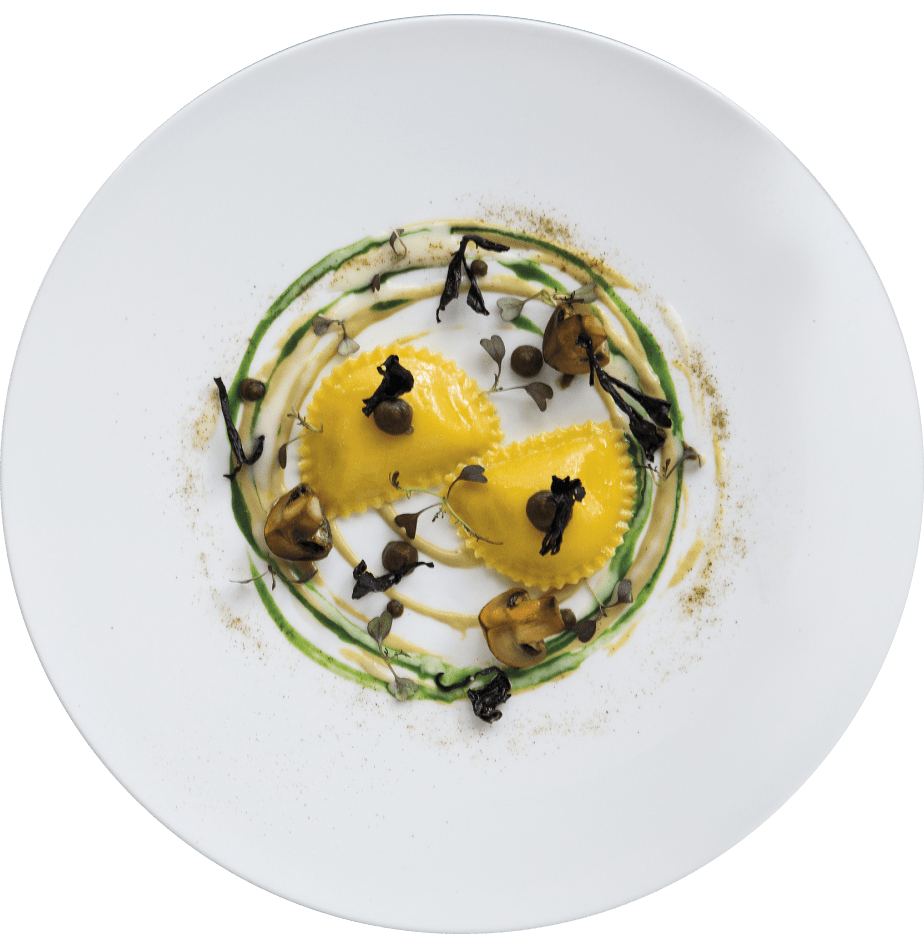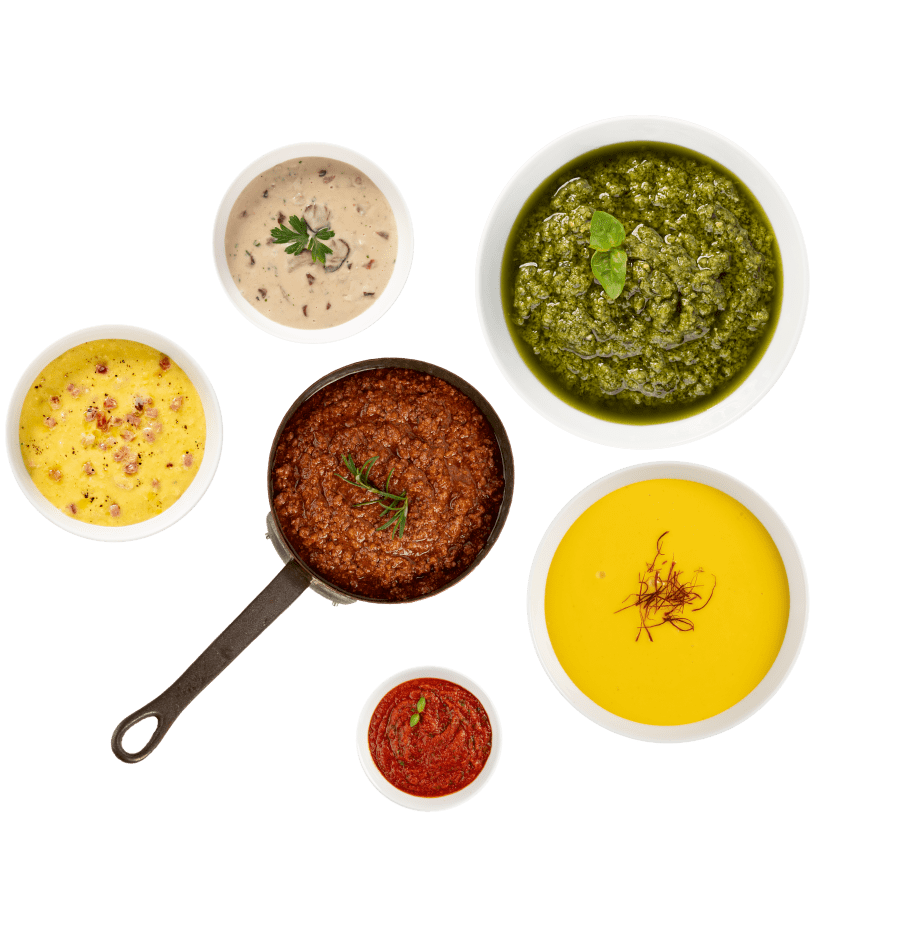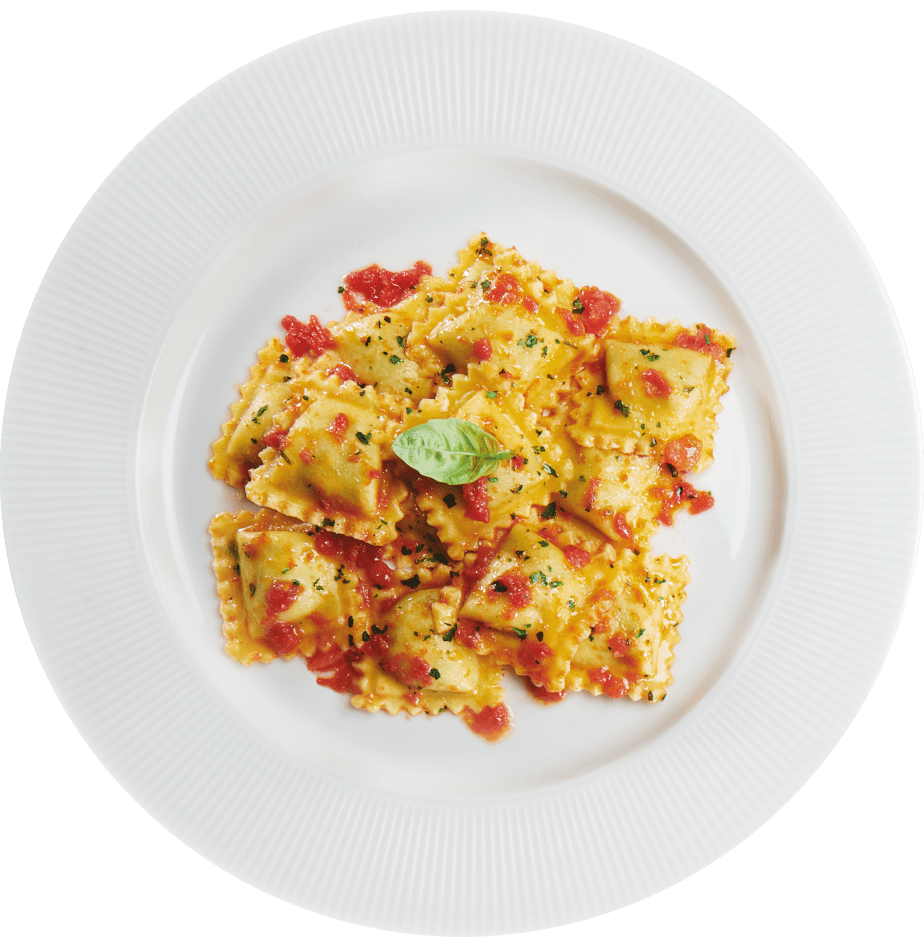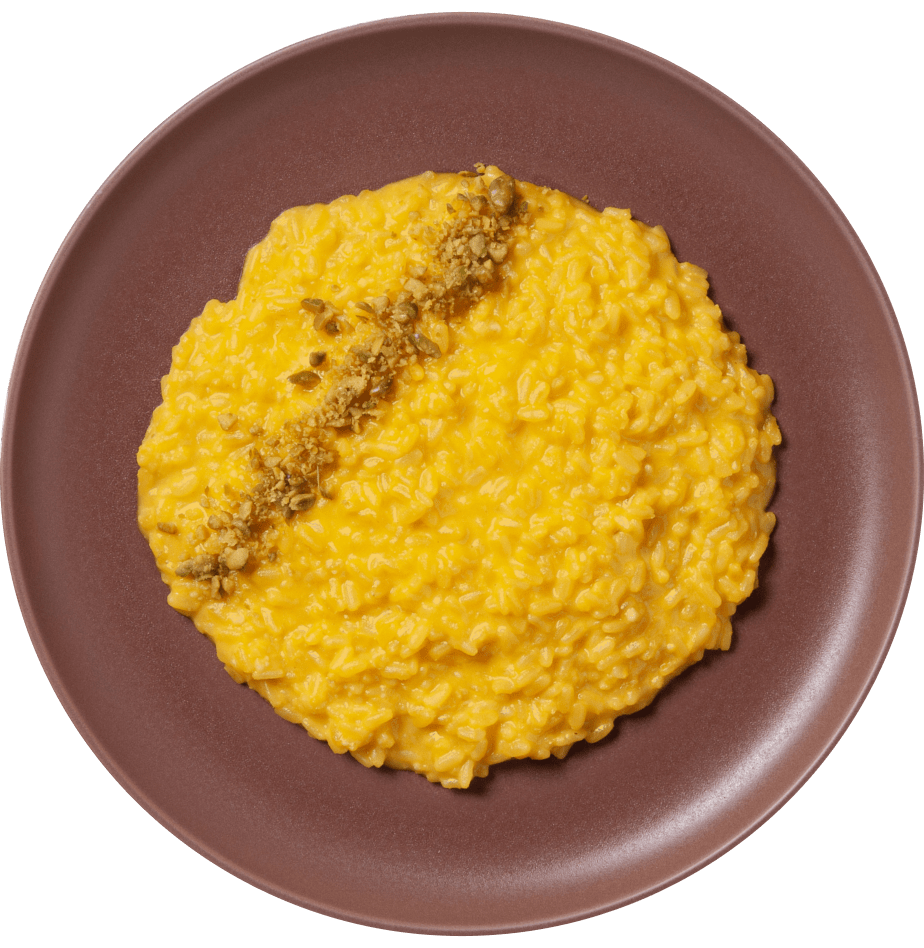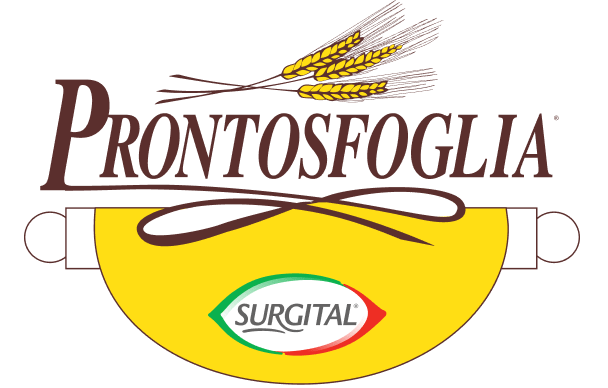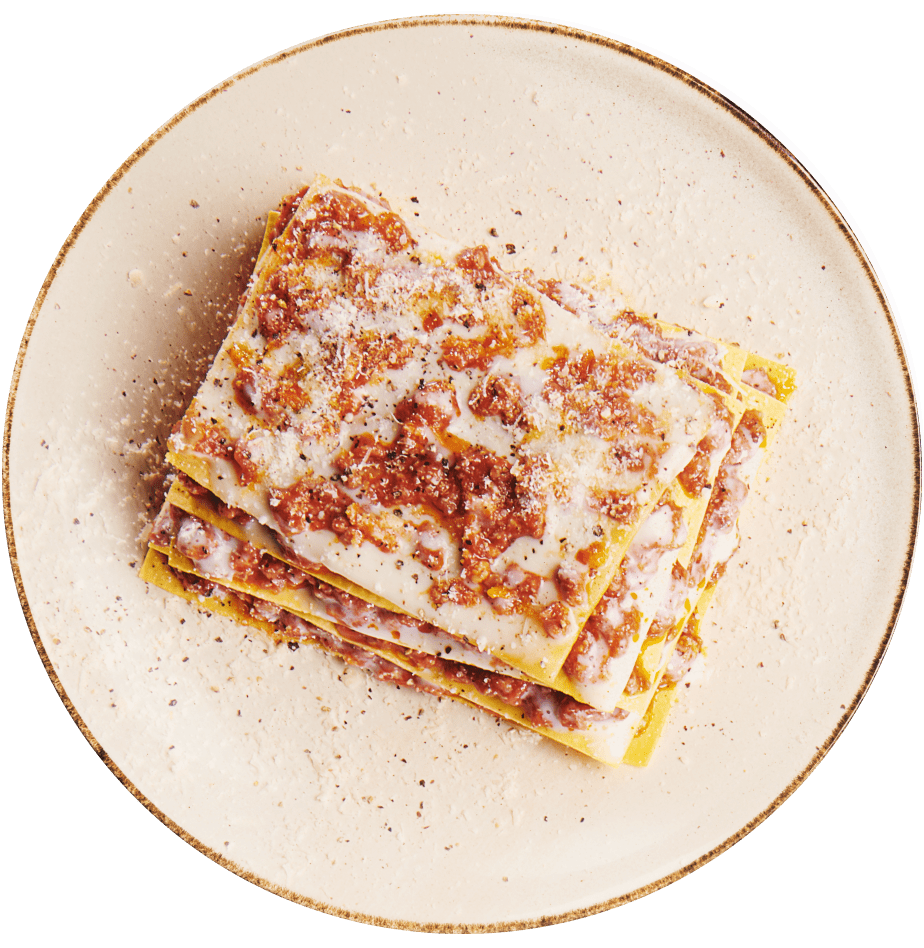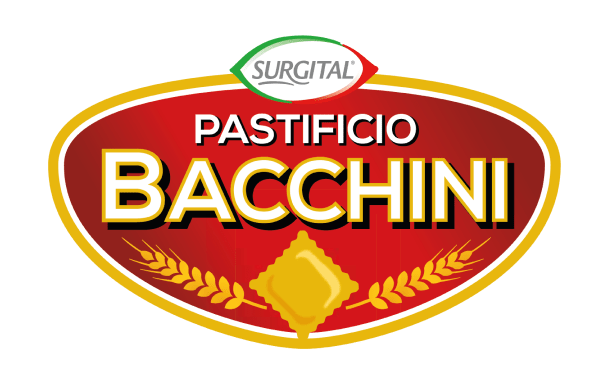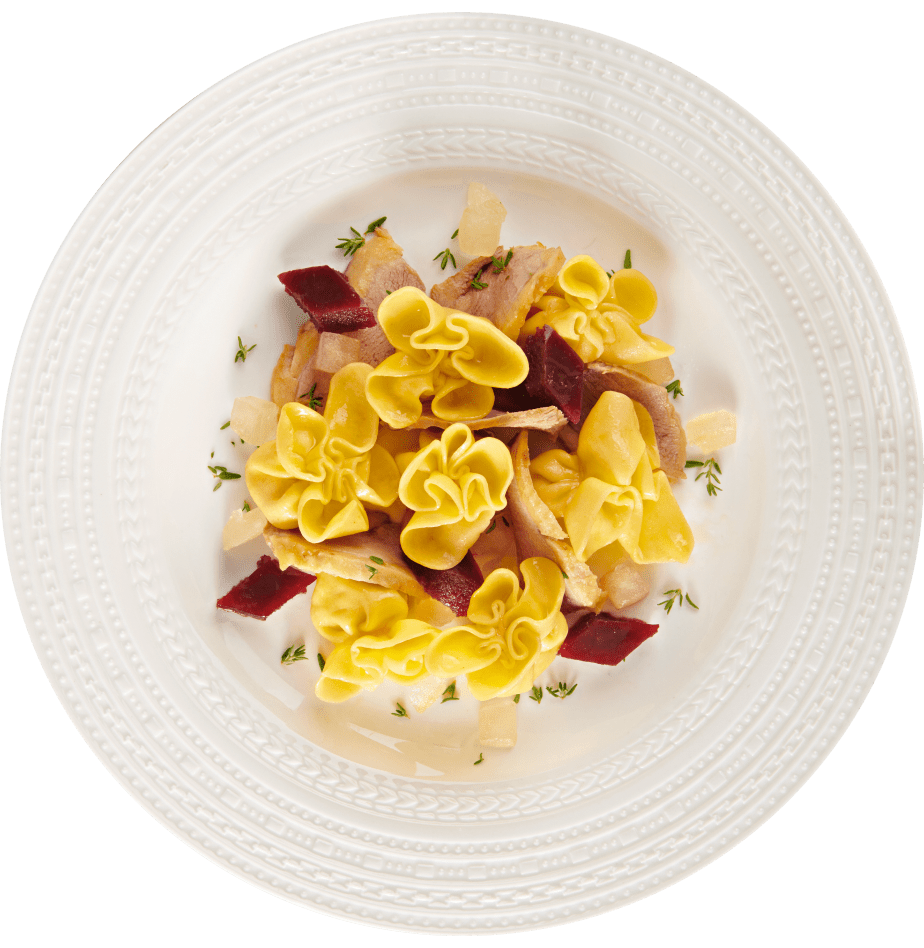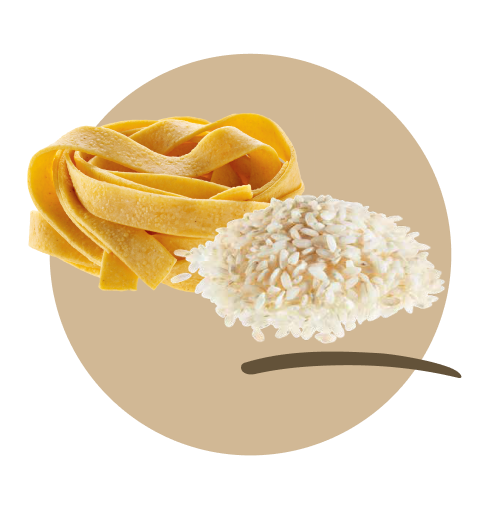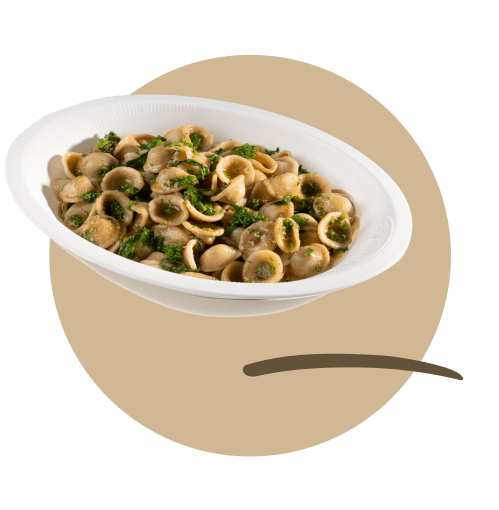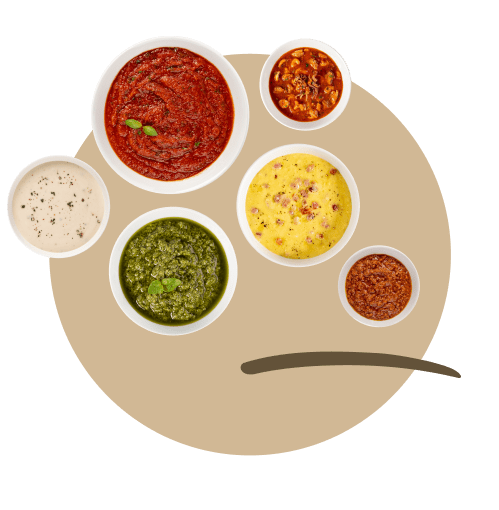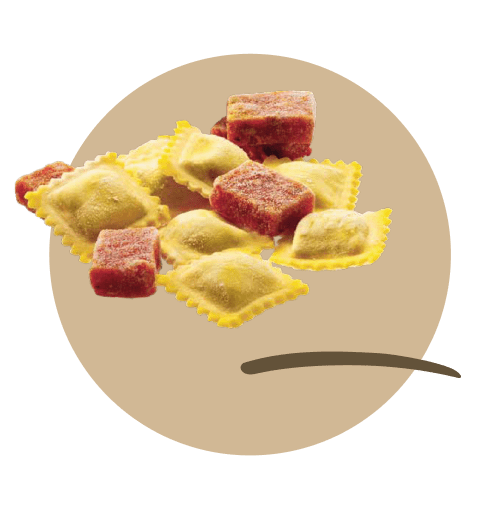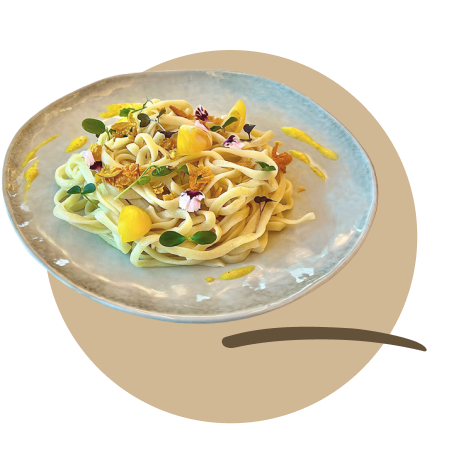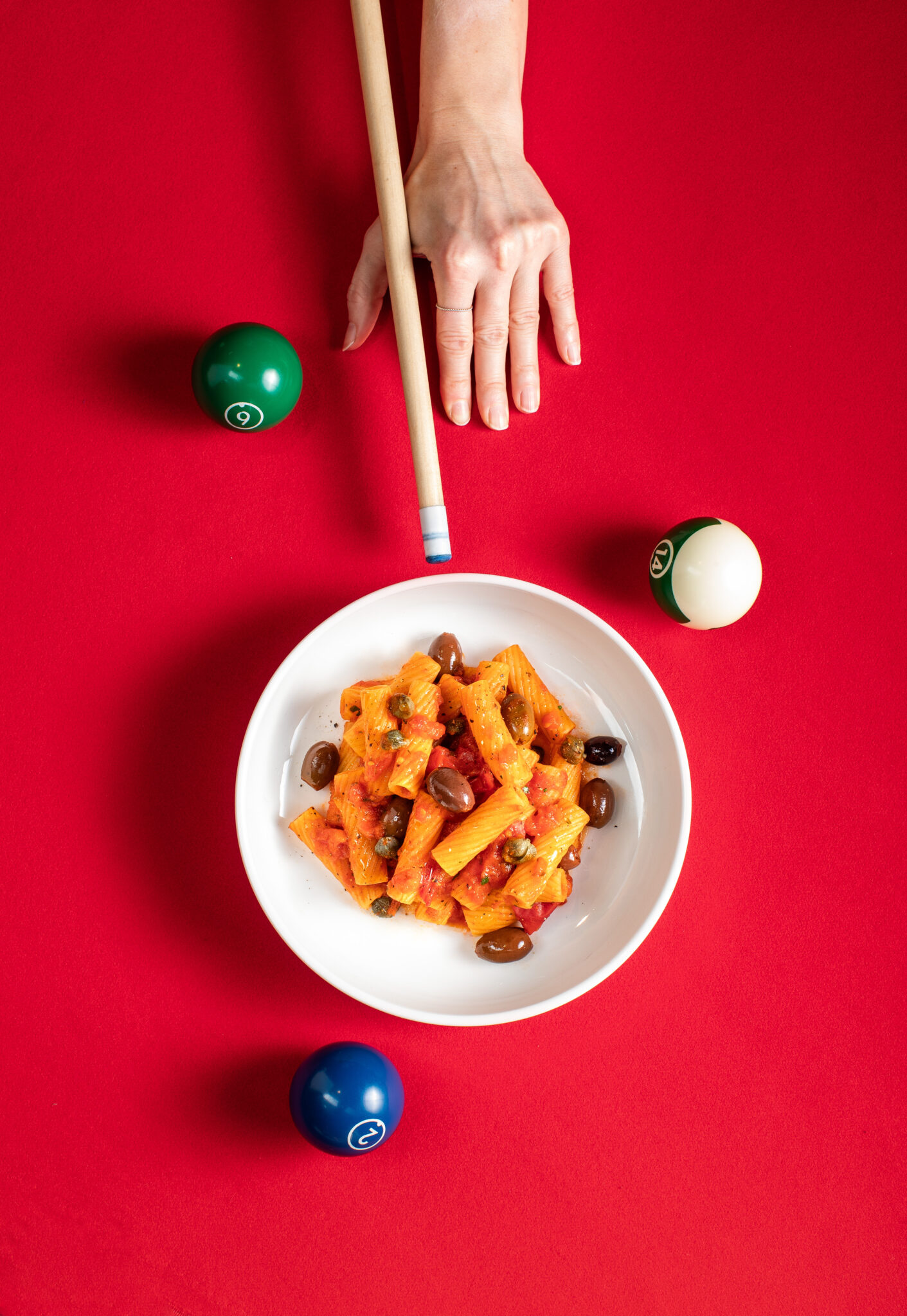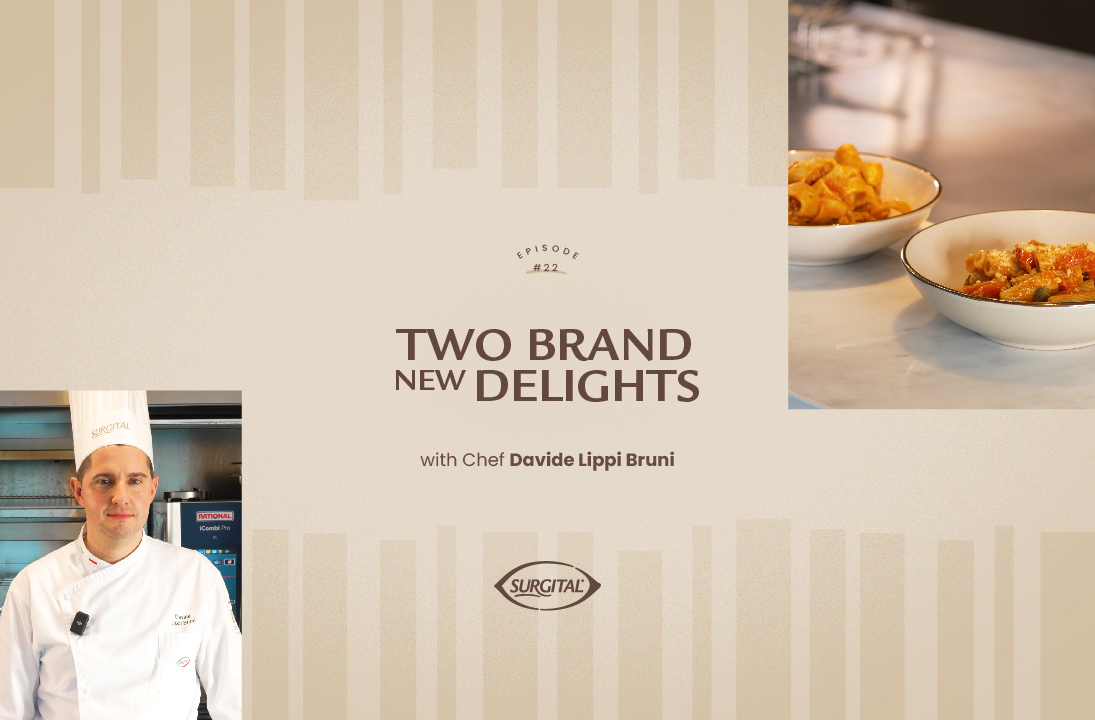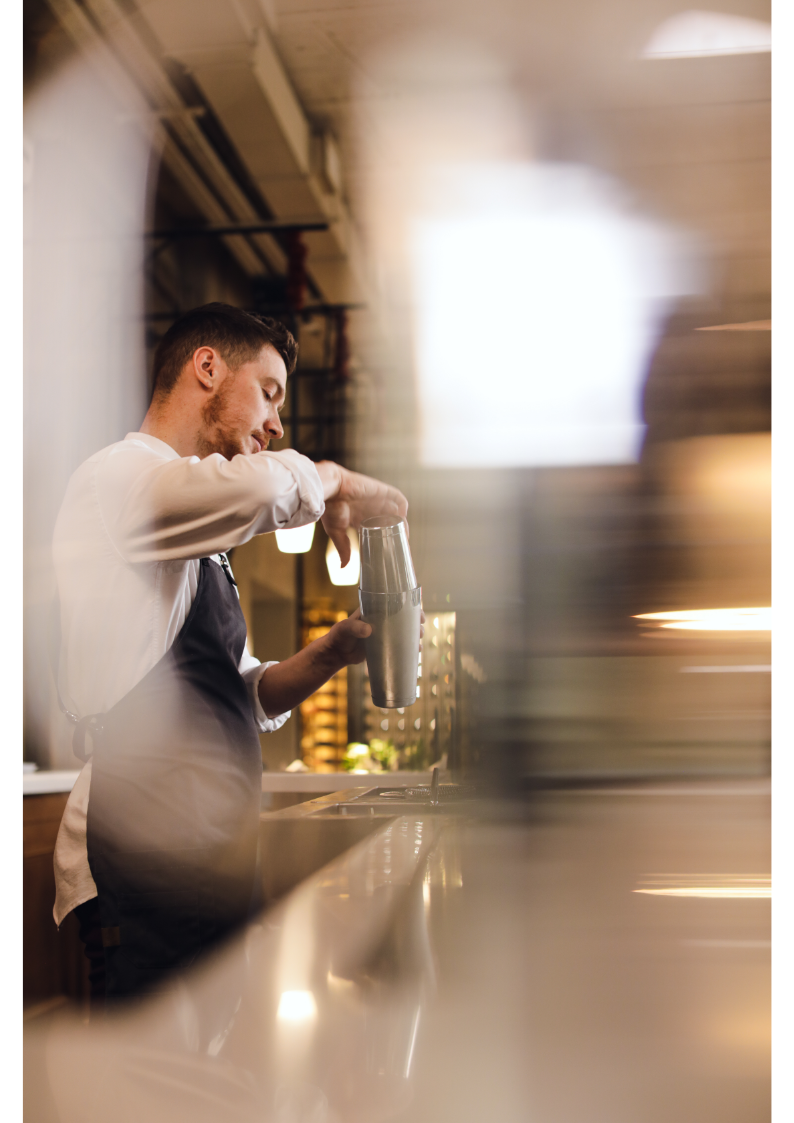
The search by restaurateurs for new taste experiences does not stop. The ‘food pairing’, a creative technique born from the creative contamination between chef and bartender, is becoming a true art, so difficult to balance, so strong in its native provocation.
– Here is the seafood you ordered. May I offer you a Franciacorta to go with it?
– No thanks. I’d prefer a Mojito.
Help, are we in a movie that’s too original? A book they misprinted?
Not quite. We are more simply in a restaurant like many others, perhaps just a little more attentive to how the market is moving.
That’s right, today the restaurant industry is increasingly oriented towards broadening the taste experience of its customers, the same ones who are changing the out-of-home market, making the locations dedicated to the so-called aperitif moment multiply. A wave that in Italy alone has seen the total number of new openings grow by 4% between 2020 and 2022 (NielsenIQ), with a turnover of +33% compared to pre-pandemic.
In short, eating out is becoming increasingly popular, for socialising, seeing friends, celebrating, at the bar or restaurant, but also for trying out new taste experiences, both in terms of food and the alcoholic beverages offered in combination with dishes: we are talking about wine and yes, even cocktails.
Because it is easy to imagine the bartender behind the bar, juggling shakers, strainers, muddlers and corkscrews. It is less easy to imagine him preparing a cocktail for a chef’s menu.
This is how the new way of taste pleasure was born; it is called food pairing, a creative technique born precisely from the creative contamination between chef and bartender, to combine flavours in an unexpected but complementary way.
This dual mixing – that which pertains precisely to the world of cocktails and that of every culinary preparation – is becoming a true art, so difficult to balance, so strong in its native provocation.
If we think about it, already the international hotellerie offers all-day eating and staying formulas so that people can choose an occasion for refreshment and hospitality in the widest possible time frame.
Here we find traditional eating occasions mixed in, already it is not unusual to find the wine list in what we traditionally called the Breakfast Menu. Soon then it will not be so unusual to find the cocktail menu within the Dinner Card.
Culinary traditions and history certainly provide guidance, but modern food pairing tries unusual combinations beyond the known. The aim of food pairing is to create balance and harmony between flavours, generating new taste sensations and original dishes.
To make a good pairing, however, it is important to be really prepared, to evaluate various aspects, such as the chemical families of the ingredients, e.g. organic acids, alcohols, aldehydes, responsible for flavours and smells; but also the acidity levels, the tones and intensities of the flavours, not least the preparation techniques, such as cooking, marinating, fermentation and so on.
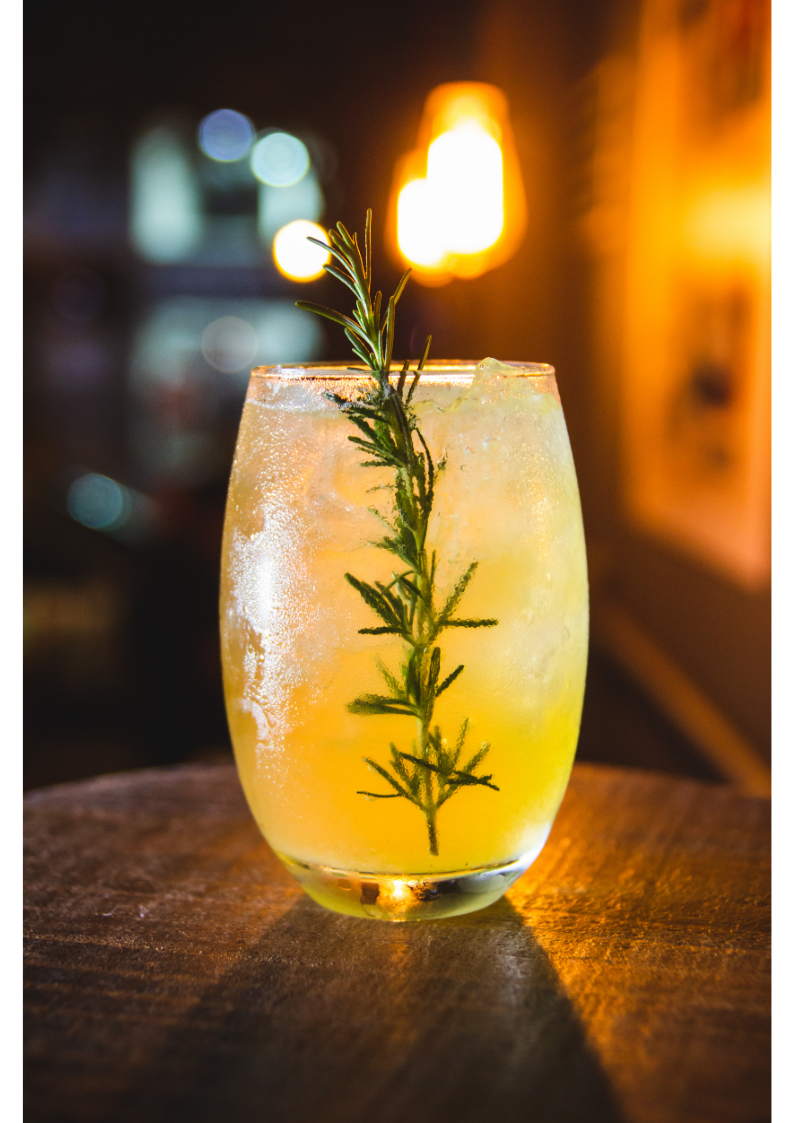
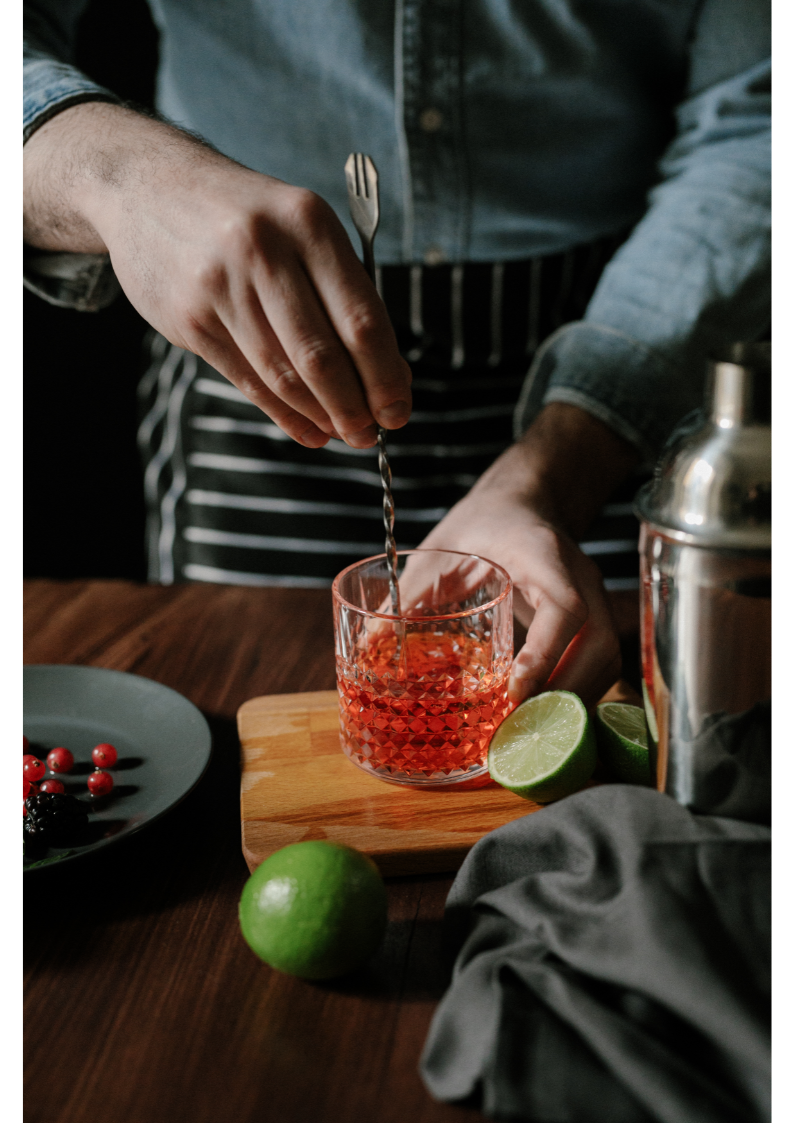
The basic principles to be observed are the same as those used by every food and beverage professional: balance, complement and magnify flavours and aromas.
Some combinations for neophytes? The Margarita is perfect with tacos, guacamole, nachos; the Gin Tonic with spicy tapas; the Mojito with dishes based on prawns, mussels, seafood, the Martini with butter and for-maggio risottos, the Negroni with mixed starters or mature cheeses. You just have to try it.
Needless to say, the best Barchefs, as this new generation of mixologists is called, are all Italian: Dario Comini, Simone Caporale, Ago Perrone, Tato Giovannoni, Giorgio Bargiani, Maura Milia, to name but a few.
Thus Dario Comini, son of art, mixologist bartender for three generations, award-winning bartender and consultant to the world’s major liquor companies:
“Food pairing is an undiscovered trend in Italy and my goal is to make people understand that you can de-taste a cocktail not only before and after dinner but also during, creating a new gastronomic experience based on several flavours crossing each other. The key to everything, at least in my opinion, lies in the synergy between the kitchen and the bar: the bartender can work closely with the chefs and these two figures, together, can expand their knowledge of ingredients and techniques, while stimulating each other’s creativity.” (www.beverfood.com)
Discover the cookbook “Guide to Food Pairing 23” Click and get it for free

